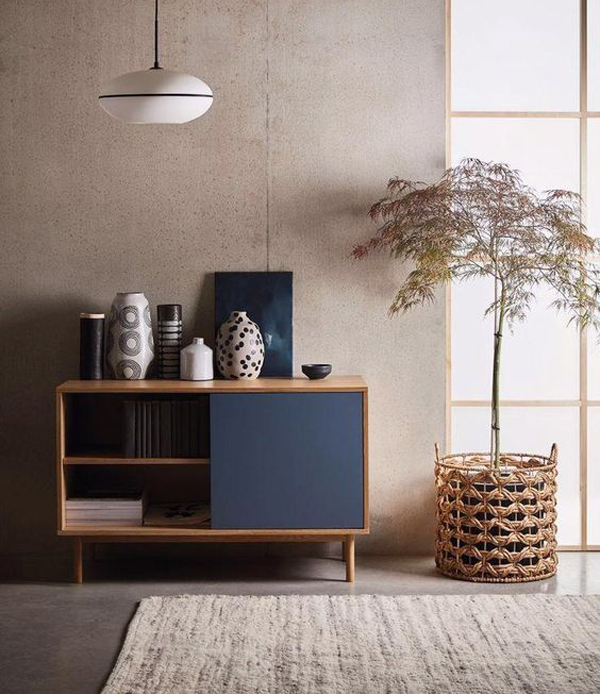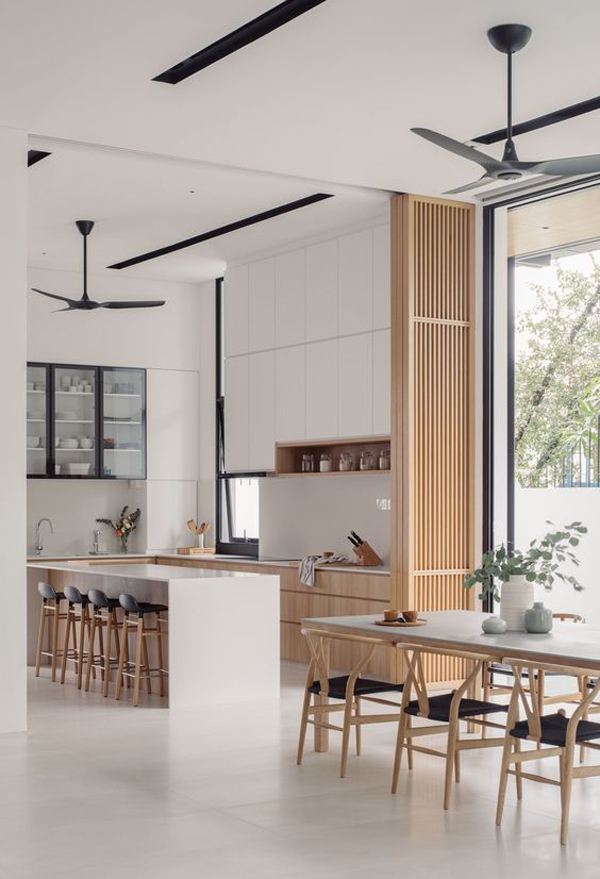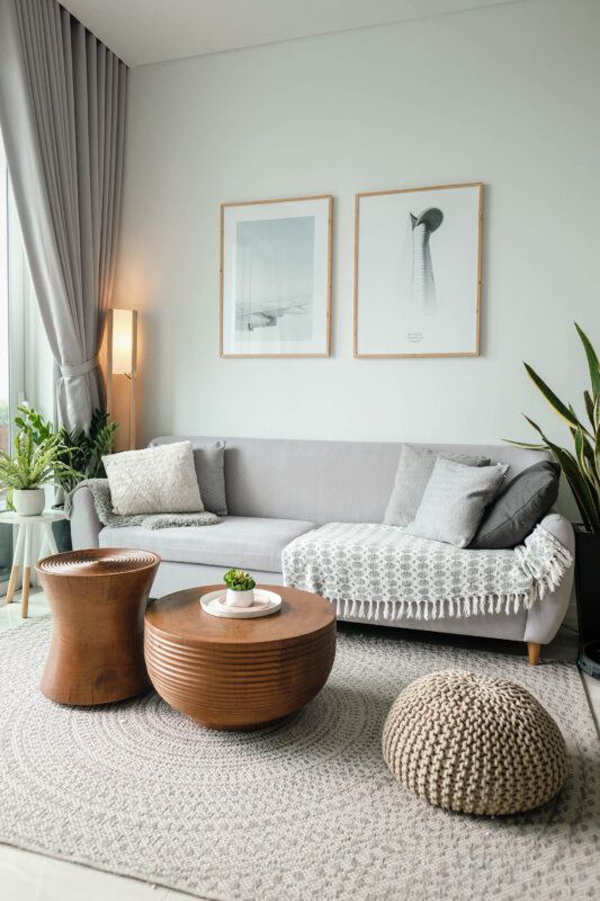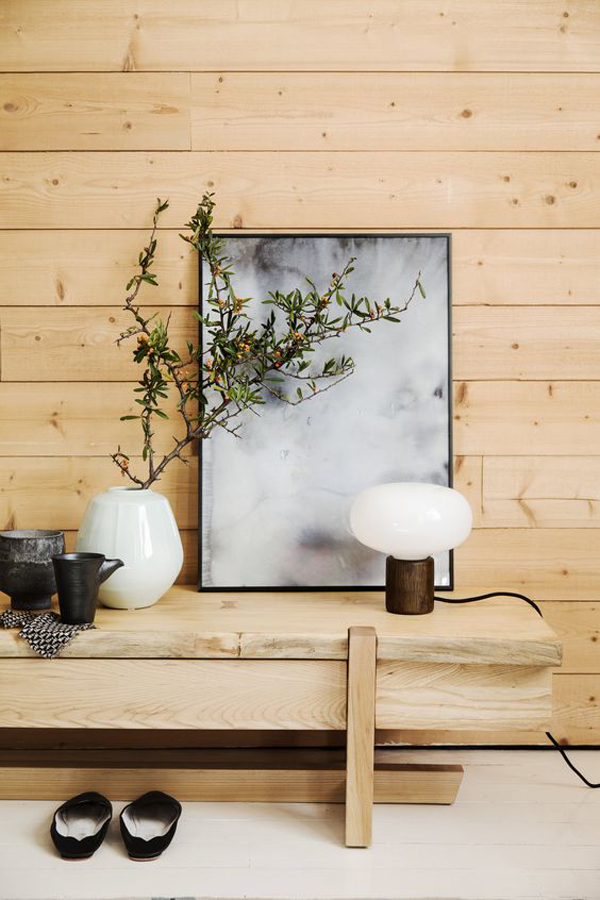There are lots of interior design options for today’s homes, but if you prefer a simpler, aesthetic, functional, minimalist design, and space saving, the Japandi design is the best choice to apply to your home, even if your room is small. Before we go any further, you should know first what is Japanese style and what can be done for this interior style? Japandi design can be said to be an adoption of two different concepts, namely wabi-sabi and lagom.
.For those of you who have just heard of it, wabi-sabi is a Japanese philosophy which means beauty in imperfection. While Lagom is taken from the Scandinavian philosophy which is a balanced lifestyle in various aspects, in the sense that it is in accordance with the dose. So, we can conclude that Japandi style comes from a fusion of Japanese and Scandinavian styles which have every essential element for every home
For those of you who are still confused about how to apply it to your interior style, here are 5 easy ways that will help you get the best Japandi home style.
1. Simplicity and Gentleness
In its application, Japandi has its own characteristics that distinguish it from other interior styles. One thing that stands out is that it displays a simple impression but still looks beautiful. Japanese interiors do not need to be luxurious, but must be comfortable and provide peace of mind to the owner. In addition, there is also the use of finely structured materials that symbolize softness such as linen or cotton.
2. Open concept
Japandi style also often adheres to an open concept in its application. In this case, what is meant is how to channel natural light into the room, so that it can provide a spacious and calming feeling into the interior style. Many Japandi interiors use an open concept that is connected to the outside such as a garden or backyard, the goal is to bring more natural nuances into the room.
3. Space-saving and Multifunctional
Japandi design is synonymous with the use of multifunctional and space-saving furniture, which makes this style applicable even in small rooms. That is why this style is very popular in today’s modern homes, especially for those who live in urban areas.
4. Neutral and soothing color palette
Neutral colors are often the top choice for various interior styles, such as the Japandi color palette which doesn’t really want to stand out and prefers neutral colors. The most common colors like white, beige, brown, even black seem simple but this is a clever way to mix it up with wood or other Japanese tones.
5. Use of natural materials
In Japandi-style designs, the use of natural materials such as wood or clay often dominates. The use of light to old wood furniture, such as oak, teak, and light walnut is often the best material to be applied to chair sets, kitchens, bedrooms, or room partitions. In addition, the Japanese home style also often adds indoor plants to add a natural impression to the room.








No Responses - Add Comment